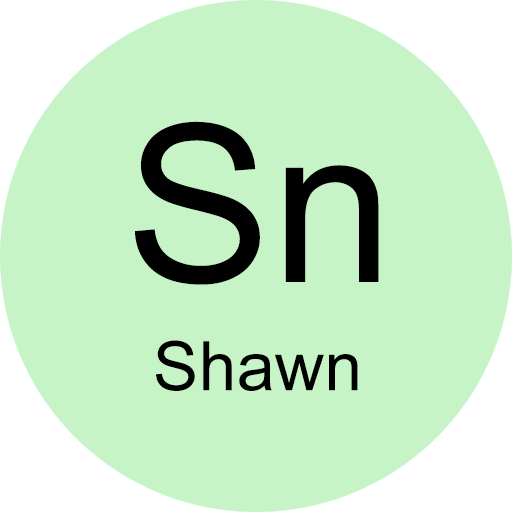Video Link
Table of Contents
2.4 - Circular & Relative Motion
3.1 - Newton's First Law & Free Body Diagrams
3.2 - Newton's Second & Third Laws of Motion
4.2 - Energy & Conservative Forces


2.4 - Circular & Relative Motion
3.1 - Newton's First Law & Free Body Diagrams
3.2 - Newton's Second & Third Laws of Motion
4.2 - Energy & Conservative Forces